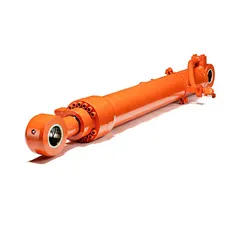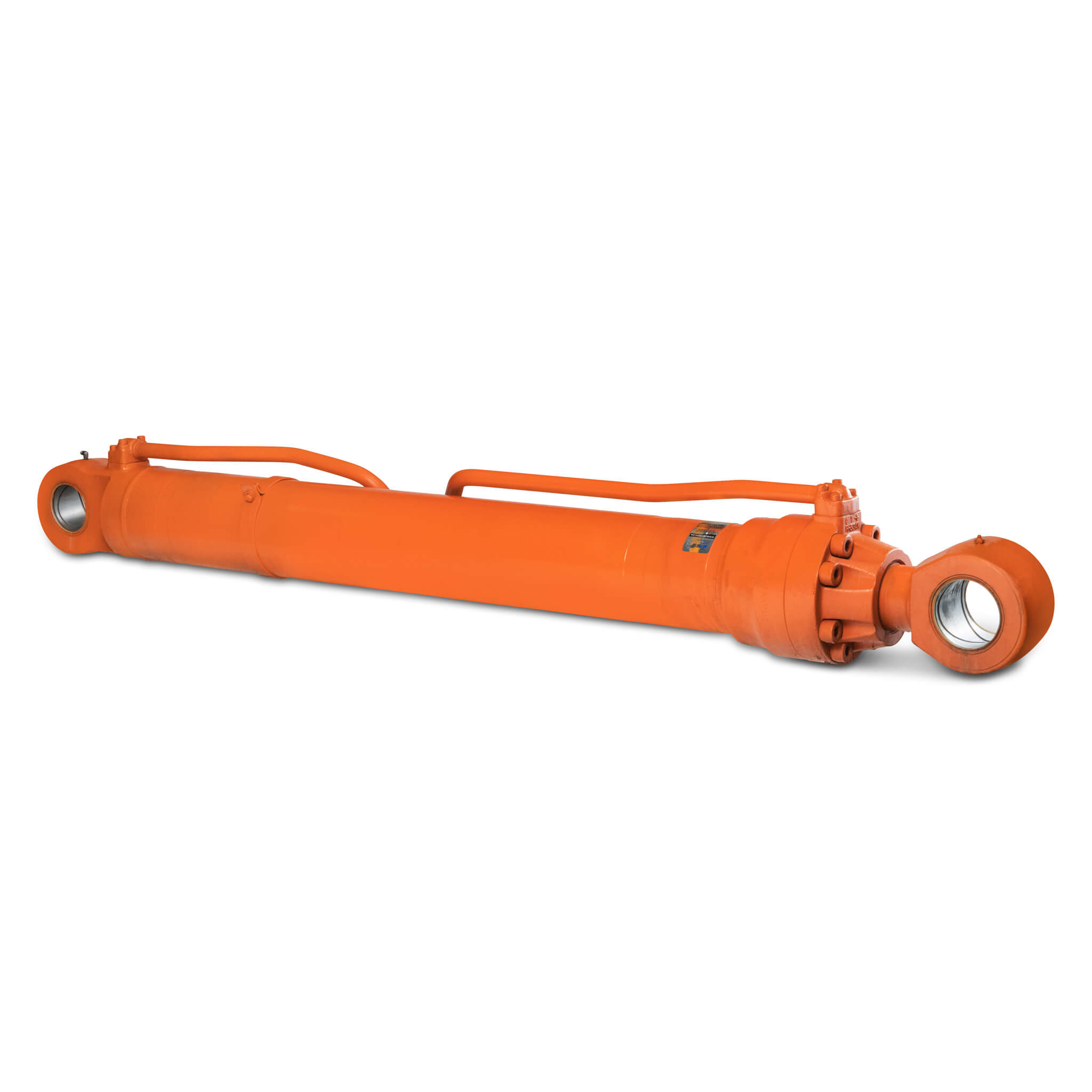Product Description
PRODUCT SPECIFICATION
| ZAX230 ZAX240 ZAX240-3G ZAX250-3 ZAX240-3 arm cylinder rod | 105 | ZAX230 ZAX240 ZAX240-3G ZAX250-3 ZAX240-3 arm cylinder tube | 140 |
| ZAX230 ZAX240 ZAX240-3G ZAX250-3 ZAX240-3 boom cylinder rod | 90 | ZAX230 ZAX240 ZAX240-3G ZAX250-3 ZAX240-3 boom cylinder tube | 125 |
| ZAX230 ZAX240 ZAX240-3G bucket cylinder rod | 90 | ZAX230 ZAX240 ZAX240-3G ZAX250-3 ZAX240-3 bucket cylinder tube | 130 |
| ZAX250-3 ZAX240-3 arm cylinder rod | 100 |
Part number system
PRODUCT DISPLAY
COMPANY INFORMAION
PRODUCTION PROCESS
OTHER PRODUCTS
FAQ
| Certification: | ISO9001 |
|---|---|
| Pressure: | High Pressure |
| Work Temperature: | Normal Temperature |
| Samples: |
US$ 699/Piece
1 Piece(Min.Order) | Order Sample |
|---|
| Customization: |
Available
|
|
|---|
.shipping-cost-tm .tm-status-off{background: none;padding:0;color: #1470cc}
|
Shipping Cost:
Estimated freight per unit. |
about shipping cost and estimated delivery time. |
|---|
| Payment Method: |
|
|---|---|
|
Initial Payment Full Payment |
| Currency: | US$ |
|---|
| Return&refunds: | You can apply for a refund up to 30 days after receipt of the products. |
|---|

Can boom cylinders be used in both mobile and stationary machinery?
Yes, boom cylinders can be used in both mobile and stationary machinery. Here’s a detailed explanation:
Boom cylinders are versatile hydraulic components that are utilized in various types of machinery across different industries. They can be effectively employed in both mobile and stationary equipment. Here’s how boom cylinders are utilized in each type:
- Mobile Machinery: Boom cylinders are commonly used in mobile machinery, such as excavators, loaders, cranes, and aerial work platforms. In these applications, boom cylinders enable the movement and control of booms, arms, or attachments. They provide the necessary force to lift, extend, retract, and rotate the equipment’s components, allowing for efficient operation in various work environments. The ability to adjust the stroke length, variable force control, and integration with hydraulic control systems make boom cylinders ideal for mobile machinery, as they enable precise and controlled movement.
- Stationary Machinery: Boom cylinders are also utilized in stationary machinery, including industrial presses, material handling equipment, and hydraulic presses. In these applications, boom cylinders are used to exert force for pressing, pushing, or lifting tasks. They enable controlled and precise movement of the machinery’s components, ensuring accurate positioning and efficient operation. Boom cylinders can be customized to meet the specific requirements of stationary machinery, such as stroke length, force capacity, and mounting options.
The versatility of boom cylinders makes them suitable for a wide range of applications in both mobile and stationary machinery. The design flexibility and adjustability of boom cylinders allow for customization and adaptation to different equipment types and operational needs. Whether it’s mobile machinery that requires agile and precise movement or stationary machinery that demands controlled force application, boom cylinders provide the necessary hydraulic power to achieve efficient and effective operation.
It’s important to note that while boom cylinders can be used in both mobile and stationary machinery, there may be variations in their design, specifications, and mounting methods to suit the specific requirements of each application. Consulting the equipment manufacturer or hydraulic specialists can help ensure the selection and installation of the appropriate boom cylinders for a particular machinery type.

Can boom cylinders be used in truck-mounted equipment for payload handling?
Yes, boom cylinders can be used in truck-mounted equipment for payload handling. Here’s a detailed explanation:
Truck-mounted equipment, such as cranes, loaders, or material handling systems, often require boom cylinders to facilitate payload handling. These cylinders play a crucial role in lifting, moving, and controlling the payload. Here’s how boom cylinders are used in truck-mounted equipment for payload handling:
- Lifting and Lowering: Boom cylinders are responsible for lifting and lowering the payload. They generate the necessary force to elevate the payload from the ground or lower it to the desired location. The cylinders’ extension and retraction allow controlled vertical movement, enabling precise positioning and safe handling of the payload.
- Load Control: Boom cylinders play a vital role in load control during payload handling. They provide the force required to counterbalance the weight of the payload, ensuring stability and preventing sudden movements or tipping. By extending or retracting the cylinder, operators can adjust the boom’s angle and control the payload’s orientation and movement.
- Reach and Extension: Boom cylinders allow truck-mounted equipment to extend its reach for payload handling. Whether it’s a crane reaching out to lift objects or a loader extending its arm to load or unload materials, the cylinders enable controlled extension of the boom or arm. This increased reach enhances the versatility and efficiency of payload handling operations.
- Stabilization: Boom cylinders contribute to the stabilization of the payload during handling. They resist undesired movements, vibrations, or swinging, ensuring that the payload remains secure and stable. This stabilization capability minimizes the risk of accidents, damage to the payload, or harm to personnel involved in the handling process.
- Controlled Movement: Boom cylinders enable precise control over the movement of the payload. By regulating the extension or retraction speed, operators can adjust the lifting, lowering, or swinging speed according to the specific requirements of the task. This controlled movement enhances safety, accuracy, and overall efficiency in payload handling.
The use of boom cylinders in truck-mounted equipment for payload handling offers several benefits:
- Increased Versatility: Boom cylinders allow truck-mounted equipment to handle payloads at different heights, distances, and angles, providing versatility in various applications.
- Precise Load Control: The force generation and controlled movement provided by boom cylinders enable operators to handle payloads with precision, ensuring accurate placement and minimizing the risk of damage.
- Enhanced Safety: Boom cylinders contribute to load stabilization and controlled movement, reducing the risk of accidents, load shifts, or instability during payload handling.
- Improved Efficiency: The use of boom cylinders facilitates efficient and productive payload handling operations, reducing the time and effort required to complete tasks.
Overall, boom cylinders are essential components in truck-mounted equipment for payload handling. They enable lifting, lowering, load control, reach and extension, stabilization, and controlled movement of the payload. These features contribute to safe, precise, and efficient handling of payloads in various truck-mounted applications.
It’s important to follow the manufacturer’s guidelines and recommendations regarding the selection, installation, and maintenance of boom cylinders in truck-mounted equipment to ensure their proper functioning and optimal payload handling.

What are the key components and features of a boom cylinder?
A boom cylinder consists of several key components and features that enable its functionality and performance in heavy machinery. Here’s a detailed explanation:
- Cylinder Barrel: The cylinder barrel is the main body of the boom cylinder, typically made of high-strength steel. It houses the piston, seals, and other internal components. The cylinder barrel is designed to withstand high pressure and provide structural integrity to the cylinder.
- Piston: The piston is a cylindrical component that moves back and forth inside the cylinder barrel. It is usually made of durable materials and acts as a barrier between the two chambers of the cylinder. The piston divides the cylinder into a rod side and a cap side, allowing hydraulic fluid to act on one side or the other to create the desired motion.
- Rod: The rod is a solid metal shaft attached to the piston and extending outside the cylinder barrel. It transmits the force generated by the hydraulic fluid to the boom or other connected components. The rod is designed to withstand tensile and compressive forces and is often coated or treated to resist corrosion and wear.
- Seals: Seals are essential components that prevent hydraulic fluid leakage and maintain the integrity of the cylinder. They are positioned between the piston, rod, and cylinder barrel to create a tight seal. Common types of seals used in boom cylinders include piston seals, rod seals, and wiper seals.
- Ports and Fittings: Boom cylinders have ports and fittings that allow the connection of hydraulic hoses or pipes to supply hydraulic fluid. These ports enable the controlled flow of hydraulic fluid into and out of the cylinder, creating the necessary pressure for boom movement.
- Mounting Brackets: Mounting brackets are used to attach the boom cylinder to the heavy machinery’s frame or structure. They provide stability and support, ensuring proper alignment and secure installation of the cylinder.
- Internal Cushions: Some boom cylinders feature internal cushions or shock absorbers. These cushions help dampen the impact and reduce vibrations during the extension or retraction of the boom. Internal cushions improve the smoothness of boom movement, enhance operator comfort, and reduce stress on the cylinder and other components.
- Corrosion Protection: Boom cylinders are often coated or treated with corrosion-resistant materials to withstand harsh environmental conditions. These protective measures help extend the cylinder’s lifespan and maintain its performance over time.
- Load Capacity and Pressure Rating: Boom cylinders are designed with specific load capacities and pressure ratings to handle the heavy loads and pressures involved in heavy machinery operations. The load capacity and pressure rating determine the cylinder’s strength and suitability for different applications.
In summary, the key components and features of a boom cylinder include the cylinder barrel, piston, rod, seals, ports and fittings, mounting brackets, internal cushions, corrosion protection, load capacity, and pressure rating. These components and features work together to enable the controlled extension, retraction, lifting, and lowering of the boom in heavy machinery, ensuring efficient and reliable operation.


editor by CX 2023-12-03